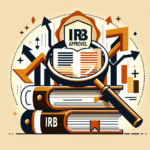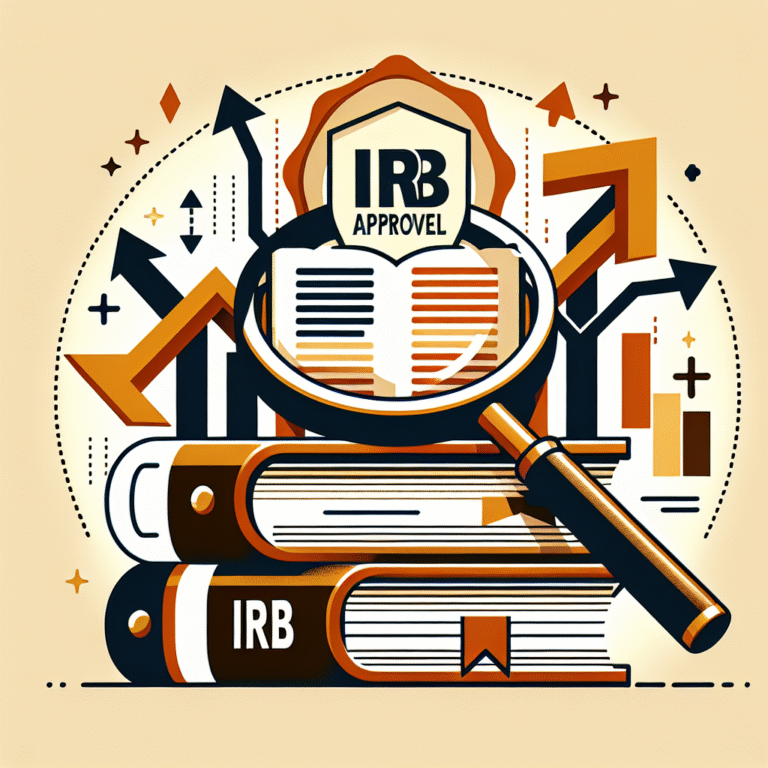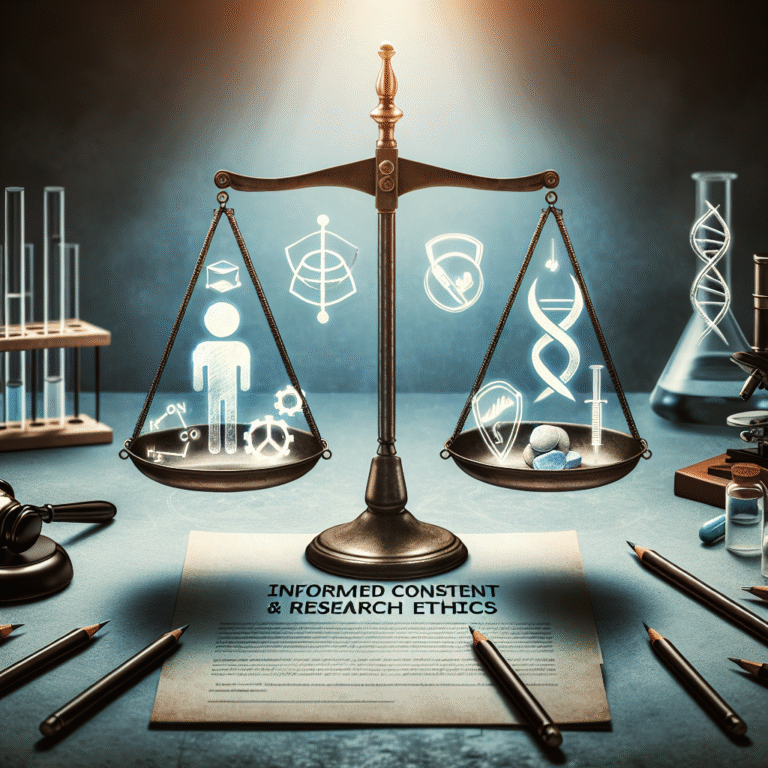
Introduction
In the labyrinth of human behavior, understanding the connections between different variables can unveil profound insights. Correlational studies lie at the heart of this exploration, revealing the intricate tapestry of relationships that shape our lives. The art of association—what correlational studies reveal about human behavior—serves not only to map connections but also provides critical frameworks for predicting future behaviors and outcomes. As we delve into this compelling domain, we’ll uncover how these studies guide our understanding of societal trends, psychological phenomena, and individual choices.
The Foundation of Correlational Studies
Correlational studies play a vital role in the social sciences by exploring the relationships between variables without implying causation. For example, consider the relationship between education level and income. While a positive correlation exists—i.e., higher education often correlates with higher income—this does not imply that education causes higher income. Such nuance is essential to grasp as we navigate the intricate landscape of human behavior.
Key Features of Correlational Studies
- Variables: The two or more entities being examined.
- Direction of Relationship: Positive (both increase together) or negative (one increases while the other decreases).
- Strength: Quantified often by a correlation coefficient ranging from -1 to 1, where values closer to the extremes indicate stronger relationships.
Emphasizing the art of association while respecting the limitations of correlation sets the stage for deeper inquiry.
Real-World Applications of Correlational Studies
As we explore real-world applications, we can see how the art of association shapes various fields:
Case Study 1: Education and Mental Health
An investigation by the National Center for Education Statistics revealed correlations between education levels and mental health outcomes. Individuals with higher educational attainment reported lower instances of anxiety and depression. This study underscores the complex interplay between socioeconomic factors and psychological well-being, illustrating how understanding associations can guide educational policy and mental health interventions.
Analysis: This study emphasizes the importance of education as a potential protective factor. Addressing the disparities in educational access can positively impact community mental health.
Case Study 2: Social Media Use and Loneliness
Researchers at the University of Pennsylvania examined the relationship between social media usage and feelings of loneliness. Their findings demonstrated a strong correlation: increased time spent on social media was associated with heightened feelings of loneliness. These results reveal a critical perspective on the art of association, particularly in the digital age.
Analysis: The tendency to compare oneself to others on social media platforms often amplifies feelings of isolation. Awareness of this correlation can foster conversations around digital literacy and mental health strategies.
Case Study 3: Exercise and Mood
A longitudinal study conducted by the Journal of Happiness Studies presented robust evidence of a positive correlation between regular physical activity and enhanced mood. Participants who exercised regularly reported higher levels of happiness and life satisfaction.
Analysis: This association not only highlights the importance of physical health in overall well-being but also opens pathways to designing community programs that promote physical activity as a means to improve mental health.
Limitations and Misinterpretations of Correlational Studies
While the art of association is engaging and insightful, it’s essential to tread cautiously. Misinterpretation of correlational data can lead to misleading conclusions. Causation vs. correlation is a frequent source of confusion.
Common Misinterpretations
Spurious Relationships: Sometimes, correlations arise from third variables. For example, ice cream sales and drowning rates correlate in summer months, influenced by warmer weather rather than a direct causative link.
Overgeneralization: A correlation observed in one demographic may not apply universally. Thus, caution in generalizing findings is paramount.
- False Security: Believing that correlations indicate strong relationships without substantial evidence can lead organizations astray in policy-making.
Enhancing Research with Correlation: Techniques and Tools
To deepen our understanding of the art of association, researchers increasingly leverage advanced techniques, such as:
Meta-Analysis: Aggregating data from multiple studies optimizes insights, revealing broader trends and patterns.
Machine Learning: Algorithms can identify complex, non-linear relationships between variables, enhancing predictive power.
- Longitudinal Studies: Tracking the same individuals over time provides a clearer view of how correlations hold or change.
The Role of Correlational Studies in Predictive Analytics
The art of association extends into predictive analytics, where understanding correlations assists organizations in forecasting behavior. For example, retailers use customer purchase habits to predict future buying trends, ultimately optimizing inventory management and marketing strategies.
Predictive Modeling: A Case in Action
Consider an e-commerce platform that analyzes browsing history and purchase data. By employing regression analysis, they discern associations that signify what products are likely to be purchased together. This insight not only enhances user experience through personalized recommendations but also drives sales.
Conclusion
The art of association, as illuminated by correlational studies, offers a rich lens through which to view human behavior. By understanding the relationships between variables, we unlock powerful insights that guide personal decisions, public policies, and societal trends. As we ponder the correlations that surround us, let’s embrace the complexity of our interactions and utilize these insights as tools for positive change.
FAQs
1. What is the key difference between correlation and causation?
- Correlation indicates a relationship between two variables, while causation implies that one variable directly influences the other.
2. Can correlational studies predict future behavior?
- While they reveal associations, correlational studies can inform predictions but are not fool-proof; they don’t confirm causation.
3. How can I apply correlational findings in my personal life?
- Understanding correlations can guide decisions, such as recognizing how certain habits (e.g., exercise) positively impact well-being.
4. Are correlational studies always reliable?
- Their reliability depends on the quality of the study design, sampling, and data interpretation. Caution is necessary when generalizing findings.
5. How do researchers ensure they’re not misinterpreting correlations?
- They often conduct additional studies, employ rigorous statistical methods, and seek peer reviews to confirm their findings.
The art of association: what correlational studies reveal about human behavior is indeed a profound and multifaceted subject. By leveraging these insights responsibly, we can navigate our lives with greater awareness and intention.
















